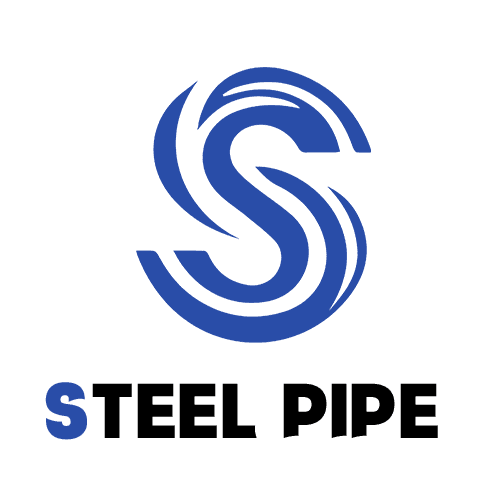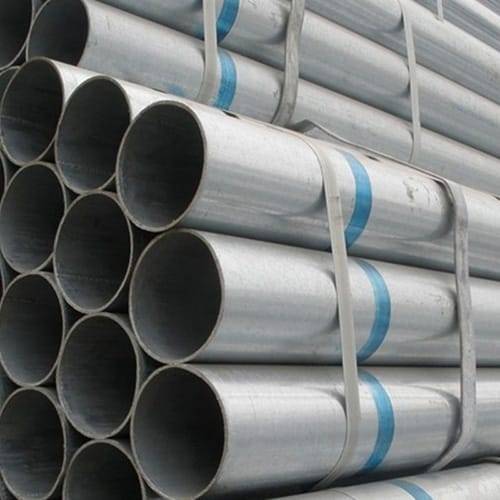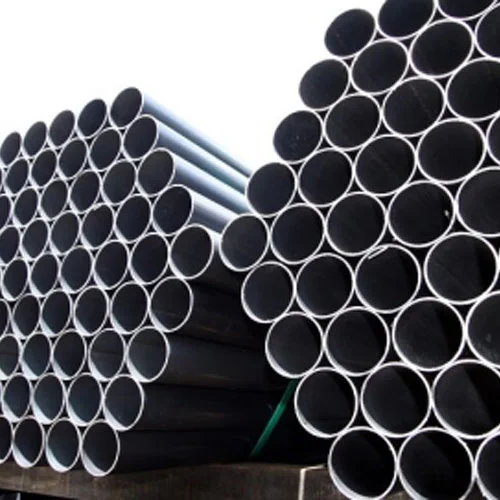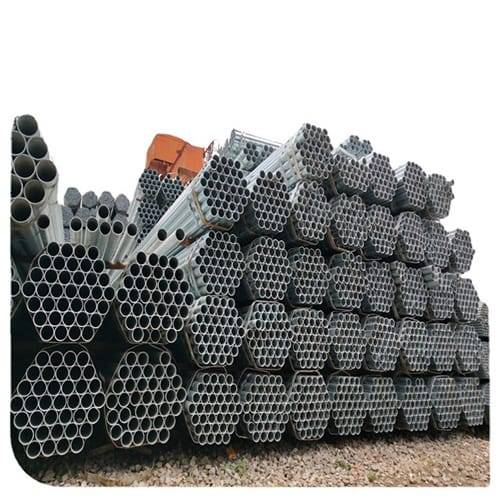Welcome to My Blog!
Before we dive into the content, I’d love for you to join me on my social media platforms where I share more insights, engage with the community, and post updates. Here’s how you can connect with me:
Facebook:https://www.facebook.com/profile.php?id=61559060896490
Now, let’s get started on our journey together. I hope you find the content here insightful, engaging, and valuable.
Table of Contents
Introduction
The transportation of oil through high-pressure pipelines plays a vital role in the global energy infrastructure. Ensuring their safety and integrity is essential to protect the environment, safeguard human lives, and maintain a continuous energy supply. This blog provides an overview of fundamental safety standards for high-pressure oil pipelines, common challenges, and best practices for their effective management and maintenance.
Shandong Zhongzheng, a professional manufacturer of high-quality seamless steel pipes, recognizes the critical role of reliable materials in meeting these safety standards. With a diverse range of sizes, grades, and specifications, we support various industries in minimizing risks associated with high-pressure pipelines.
This guide aims to assist engineers, safety managers, and industry stakeholders in understanding key regulations and practical measures to ensure the safe, efficient operation of high-pressure oil pipelines.
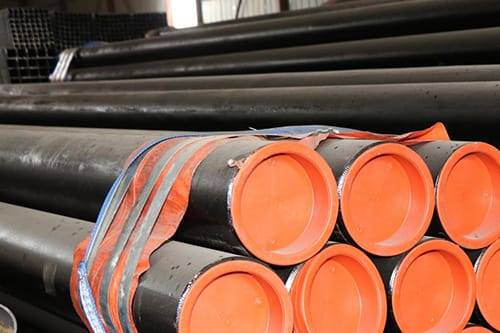
Understanding High Pressure Oil Pipelines
What Are High Pressure Oil Pipelines?
High pressure oil pipelines are pipelines designed to transport oil under elevated pressure conditions. These pipelines are engineered to withstand substantial internal pressure, often exceeding hundreds or thousands of psi, to ensure efficient transport over long distances. The materials, construction techniques, and safety mechanisms for these pipelines differ significantly from those used in low-pressure systems.
Importance of Safety Standards
The potential hazards associated with high pressure oil pipelines include leaks, ruptures, explosions, and environmental contamination. Strict adherence to safety standards helps mitigate these risks by regulating design, construction, inspection, and maintenance practices. Compliance not only protects assets and lives but also enhances the reputation and operational longevity of the companies involved.
Key Safety Standards for High Pressure Oil Pipelines
Regulatory Frameworks
Several international and national standards govern the safety of high pressure oil pipelines. Some of the most widely recognized include:
- ASME B31.4: Standard for liquid transportation systems.
- API 5L: Specification for line pipe materials.
- ISO 13623: Pipeline transportation systems for liquid hydrocarbons and natural gas.
- DOT Pipeline Safety Regulations (USA): Rules covering design, construction, operation, and maintenance.
Design and Material Standards
The integrity of high pressure oil pipelines begins with proper design and material selection. Standards dictate requirements such as:
- Material strength and toughness.
- Seamless steel pipe quality and thickness.
- Corrosion resistance measures.
- Weld quality and inspection procedures.
Inspection and Maintenance Protocols
Ongoing inspection and maintenance are critical to early detection of pipeline defects. Standards typically require:
- Regular non-destructive testing (NDT) methods such as ultrasonic testing and radiography.
- In-line inspection tools (smart pigs) to identify internal corrosion or deformation.
- Scheduled maintenance to replace or repair vulnerable sections.
Table: Overview of Critical High Pressure Oil Pipeline Safety Measures
| Safety Aspect | Description | Frequency/Requirement |
|---|---|---|
| Material Certification | Verification of pipe material grade and specs | Before installation |
| Weld Inspection | Non-destructive testing of weld joints | After welding and before commissioning |
| Corrosion Protection | Application of coatings and cathodic protection | Continuous monitoring |
| Pressure Testing | Hydrostatic or pneumatic testing to verify integrity | Before commissioning and periodically |
| Leak Detection | Implementation of real-time monitoring systems | Continuous |
| Emergency Response | Development of detailed emergency action plans | Updated annually |
| Operator Training | Regular training on safety and operational protocols | At least annually |
Common Challenges in High Pressure Oil Pipeline Safety
Corrosion and Material Degradation
One of the primary challenges in maintaining pipeline safety is corrosion. Despite protective coatings and cathodic protection, exposure to moisture, soil chemistry, and operational wear can degrade pipeline materials. Continuous monitoring and timely interventions are essential.
Mechanical Failures
Mechanical stresses such as ground movement, temperature fluctuations, and internal pressure surges can lead to pipeline deformation or rupture. Designing pipelines with adequate safety margins and flexible joints helps mitigate these risks.
Human Factors
Operator error or insufficient training can contribute to safety incidents. Ensuring that personnel are well-trained in inspection, maintenance, and emergency response is a cornerstone of safety programs.
Best Practices for Ensuring Safety Compliance
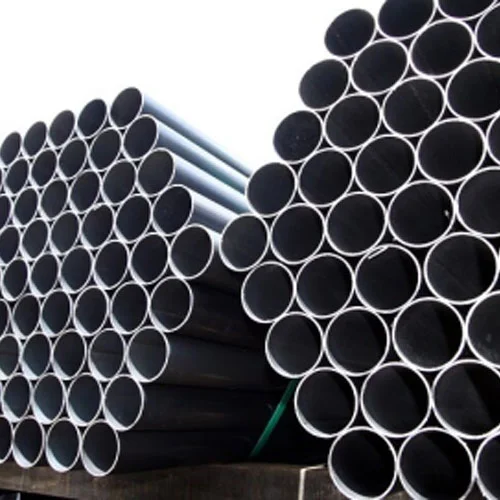
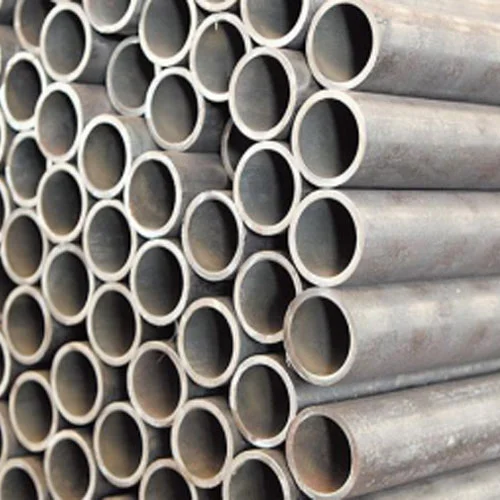
Use Quality Materials
Starting with high-grade seamless steel pipes is fundamental. Shandong Zhongzheng offers a range of premium seamless pipes designed to meet stringent specifications, providing excellent durability and performance in high pressure environments.
Implement Comprehensive Inspection Regimes
Employ state-of-the-art inspection technologies and maintain rigorous schedules to detect early signs of wear or damage. Combining manual inspections with automated tools can enhance reliability.
Establish Robust Emergency Procedures
Develop and regularly update emergency response plans tailored to your pipeline’s specifications and location. Conduct drills and training to prepare teams for potential incidents.
Embrace Digital Monitoring
Leverage advanced sensors and real-time monitoring systems for early leak detection and pressure anomalies, reducing the risk of catastrophic failures.
Conclusion
Ensuring compliance with high pressure pipeline safety standards is essential to protect infrastructure, the environment, and human life. From choosing the right materials to conducting thorough inspections and maintenance, every step matters. Shandong Zhongzheng is dedicated to supplying premium seamless steel pipes that meet strict specifications, helping you achieve both compliance and operational excellence.
If you want to improve your pipeline project with top-quality materials or seek expert advice on pipeline safety, contact us today. Our team is ready to offer professional guidance and reliable products designed for safety and durability to support your needs.
FAQ
What pressure range defines a high pressure oil pipeline?
High pressure oil pipelines generally operate at pressures above 1000 psi, though the exact threshold can vary depending on regulatory definitions and pipeline design.
How often should high pressure oil pipelines be inspected?
Inspection frequency depends on regulatory requirements, pipeline age, and operating conditions but commonly ranges from annually to every five years, with continuous monitoring recommended.
Can corrosion be fully prevented in these pipelines?
While corrosion cannot be entirely eliminated, it can be effectively managed through protective coatings, cathodic protection, and regular maintenance.
What role does Shandong Zhongzheng play in pipeline safety?
As a manufacturer of high-quality seamless steel pipes, Shandong Zhongzheng provides reliable materials essential for constructing safe and durable high pressure oil pipelines.
